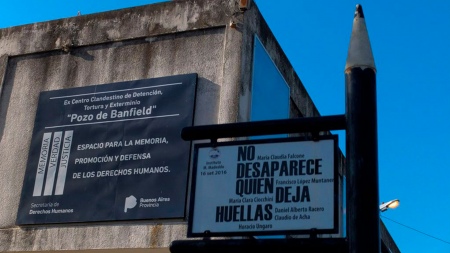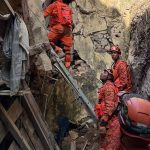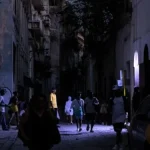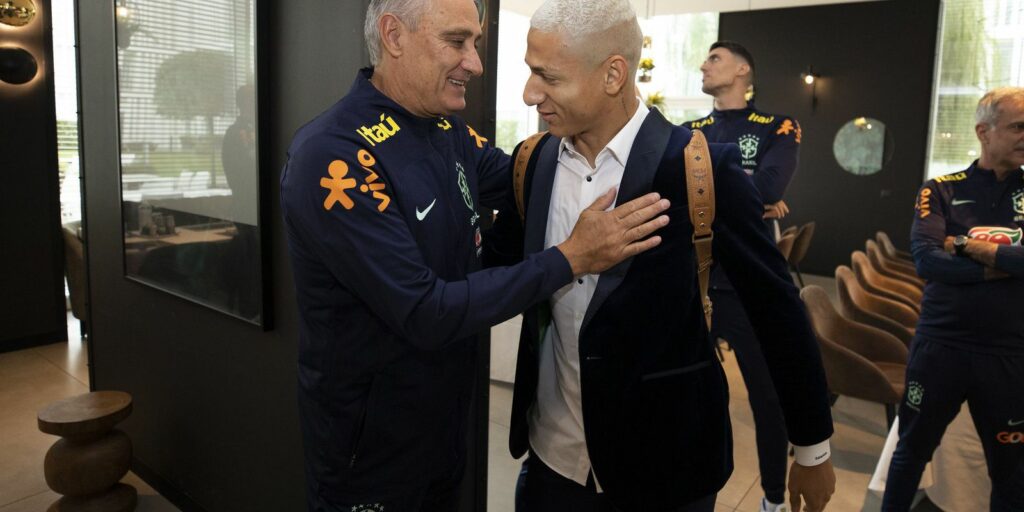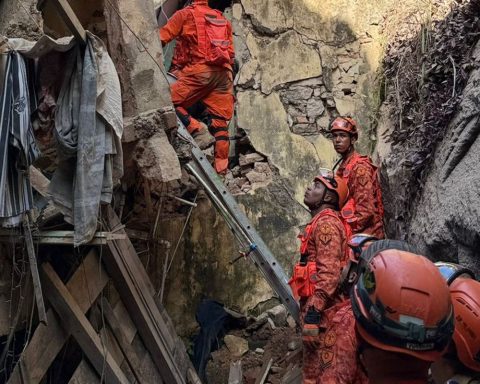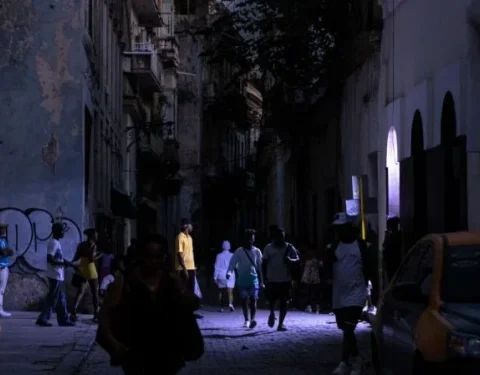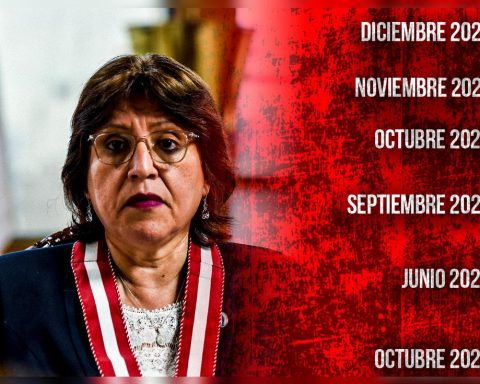Survivors of the former clandestine detention center known as Pozo de Banfield will return this Tuesday to tour the dungeons where they were held captive during the last civic-military dictatorship, within the framework of a visual inspection ordered by the Federal Oral Court (TOF) 1 of La Plata, which since October 2020, he has tried 16 repressors for crimes against humanity committed there and in two other illegal establishments.
According to a source from the Court, the inspection is scheduled for 8:30 in the former center located on Siciliano and Vernet streets in the town of Banfield, Lomas de Zamora district.
El Pozo de Banfield was one of the 230 clandestine centers that operated in the province of Buenos Aires during the last civic-military dictatorship.
El Pozo de Banfield was one of the 230 clandestine centers that operated in the province of Buenos Aires during the last civic-military dictatorship.
“Several survivors who were housed in the Banfield Well will participate in this inspection whose objective is to verify the data provided by the victims about what the place where they were illegally detained was like,” the source explained.
In that police unit, during the period between October 21, 1974 and January 1, 1977, the Crimes against Property and Personal Security divisions operated, subordinated to the Police Investigations Directorate. As of January 1, 1977, the Security, Investigations and Information directorates were installed.
It had three floors: on the ground floor was the chief’s office, the torture room and other rooms.
On the first floor there were cells, offices, a dining room, a staff room, kitchens and bathrooms, while on the second floor there were more cells measuring barely 1.50 by 2.50 meters and toilets. On that floor, there were a total of 24 cells, divided into two sectors for men and women.
The Banfield Well had the particularity of being a center for the reception and temporary stay of detainees, but it gained macabre notoriety for being a place where systematic torture and sexual violence were practiced.as part of a military strategy to dehumanize the kidnapped people.
A clandestine maternity hospital was also installed on the site.from which the identities of sons and daughters of kidnapped people were removed, hidden and changed.
At the end of 1978, the clandestine center was dismantled and the building continued to be used to house legal detainees until the mid-1990s.
On August 30, 2006, Decree 2,204/06 disaffected the use of the property in favor of the Human Rights Secretariat for the operation of a space for the memory, promotion, and defense of human rights.
In September 2015, an agreement was signed between the Human Rights Secretariat of the province of Buenos Aires, its national counterpart, and the municipality of Lomas de Zamora to create an interjurisdictional commission.
In the course of 2017, a work was carried out to enhance a sector of the building for the operation of the space for memory and later the doors were opened to the public to tour it.
The TOF 1, chaired by Ricardo Basilico, prosecutes the former Buenos Aires government minister during the dictatorship, Jaime Smart, for the crimes committed in the Pozo de Banfield, the Pozo de Quilmes and El Infierno; the former police doctor Jorge Antonio Bergés and the defendants Federico Minicucci; Carlos Maria Romero Pavon, Roberto Balmaceda and Jorge Di Pasquale.
He also began to judge Guillermo Domínguez Matheu; Ricardo Fernandez; Carlos Fontana; Emilio Herrero Anzorena; Carlos Hidalgo Garzon; Antonio Simon; Enrique Barré; Eduardo Samuel de Lío and Alberto Condiotti.
